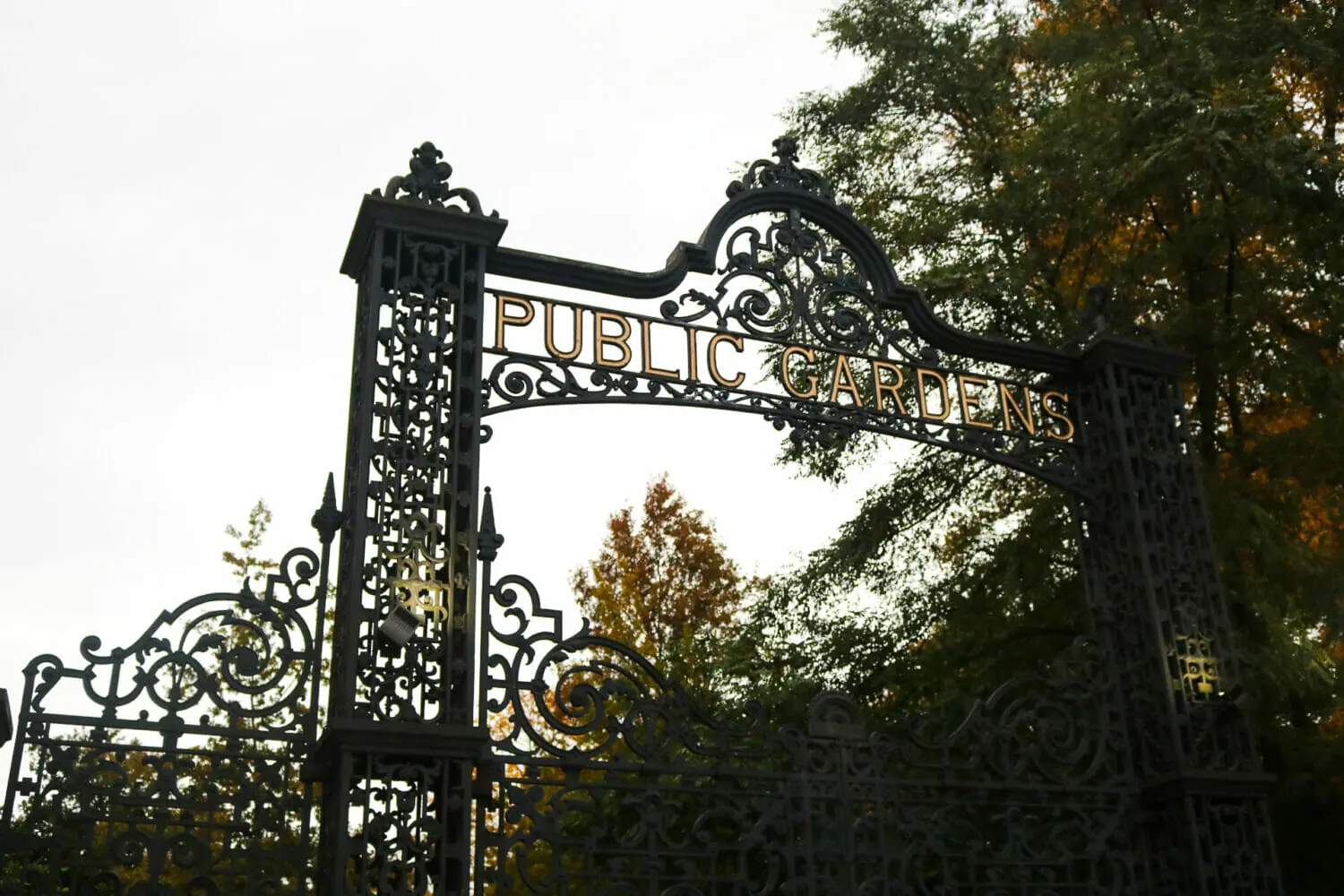A new tour of Halifax is addressing overlooked history and gaining traction around the city.
A collaboration between the NSPIRG and Our Rising, Project Reconstruct’s Political History Tour of Halifax is done from an African Nova Scotian and Indigenous perspective while also combining various other struggles, such as the labour struggle and the anti-war struggle.
The tour culminates in a discussion that takes place on a tour bus.
Lead by its tour guides, professor Isaac Saney and Mi’kmaq Elder Billy Lewis, there were over 300 people on the first tour and response has been overwhelming.
“Since the first tour, I have received numerous emails and other communications, as has Elder Billy Lewis, as has the people in Our Rising,” said Saney, who is the director of the Transition Year Program and an instructor of Black Studies at Dalhousie University. “People are asking for special tours for their high school classes, for the departments at Dalhousie University and other things such as that.”
Right now, those involved with the tours are discussing how to accommodate the influx of requests.
The tour itself covers locations all around Halifax and runs from 11 a.m. to 4:30 p.m. – about five-and-a-half hours total. Beginning at Dalhousie University, the tour goes from there to Citadel Hill, then the Public Gardens, Halifax North Memorial Public Library, the Mi’kmaw Native Friendship Centre and Africville, before ending at the Westin Hotel.
Each place on the tour has a special significance to African Nova Scotian and Indigenous history, with most of the stories from the location either erased or ignored in traditional Nova Scotian history books.
Tangible history
“By taking people to physical locations, they give people that kind of materiality – that kind of essential experience that can actually show here where people lived, here where incredible injustices took place, here where people actually resisted those injustices and here where very important struggles took place,” said Saney. “As a historian, we are always concerned about providing the fullest presentation of the history as possible so that certain very significant events and people are understood. I think this is a necessary corrective remedy for that.”
The goal of the tour is to open up a dialogue in the hopes that it may provoke a change.
“They [Haligonians] need to understand that the past is not even past, that these historical processes are not just years ago but continue to operate in various ways. Perhaps in new dynamic ways, but nevertheless these processes continue to shape the present we live in,” said Saney. “One of the goals was also to say that there have always been instances of unity and there should be instances of unity that unite all those that are struggling against various forms of oppression and equality.”
The aim is not only to educate people, Saney explained, “but also to unite people in the common humanity that we all share and basically to promote the idea of unity to transform the world.”
Our Rising is an NGO dedicated to making the ideals of the tour happen in everyday life. According to its website, it’s committed to individual, communal and societal transformation; they attempt to promote hope and make a change from the ground up.
“We believe that hope is reflected in how we come together, how we act together and how we walk a path together towards justice, equality and harmony. It is in the growing movements of people standing up in dignity, healing what divides us and embodying the world we all know is possible. We believe the light on the horizon belongs to all of us and that its rising is all of our rising,” reads the site.
The next tour will take place on Saturday, Nov. 10, with additional tours expected. The hope is that these tours will cover even more topics, attempting to encompass all of Halifax’s history.
“In order to understand and see the exclusions of the problems of the present in order to carve a path towards the future, we need to understand this as history,” said Saney.


Recent Comments